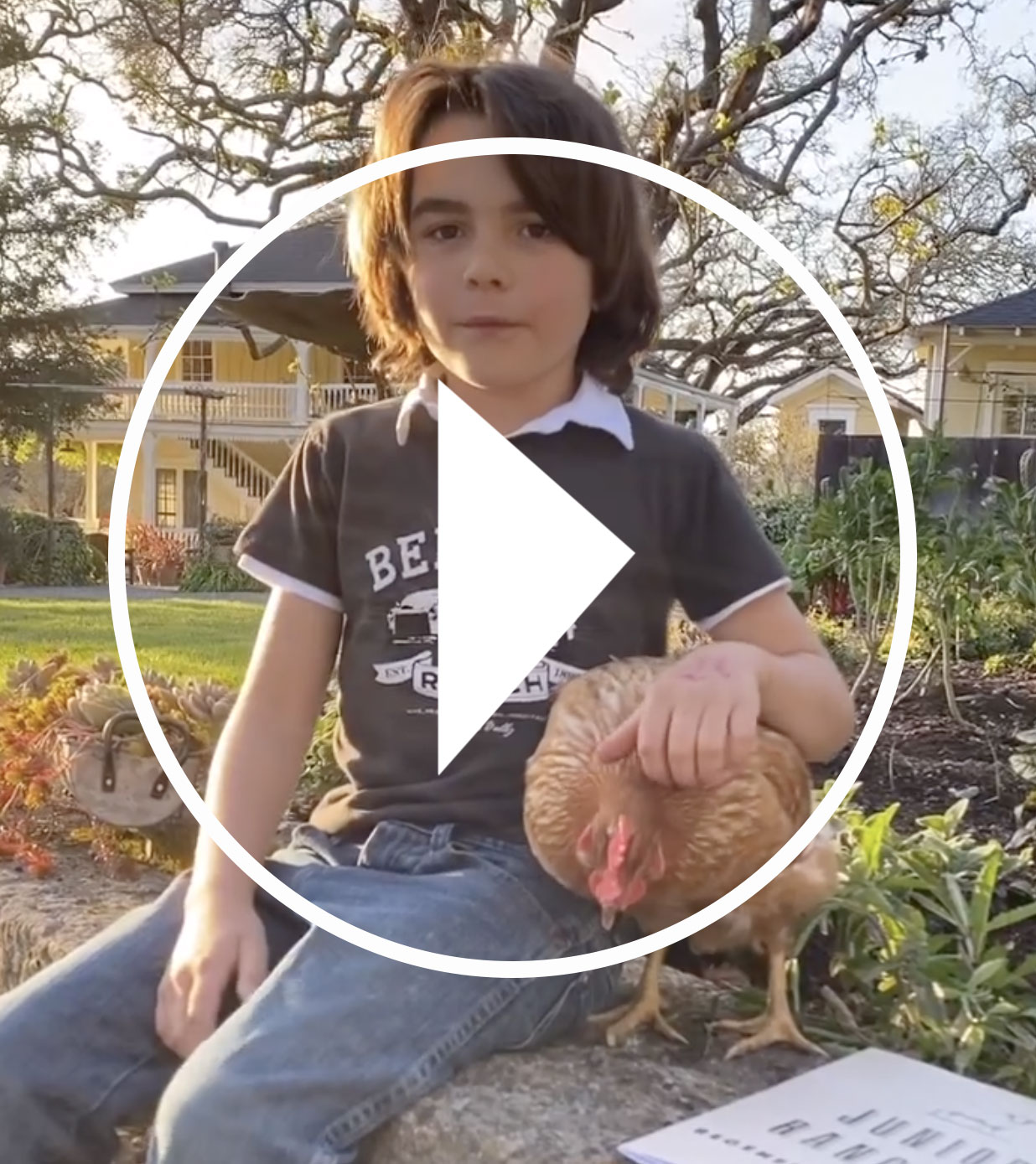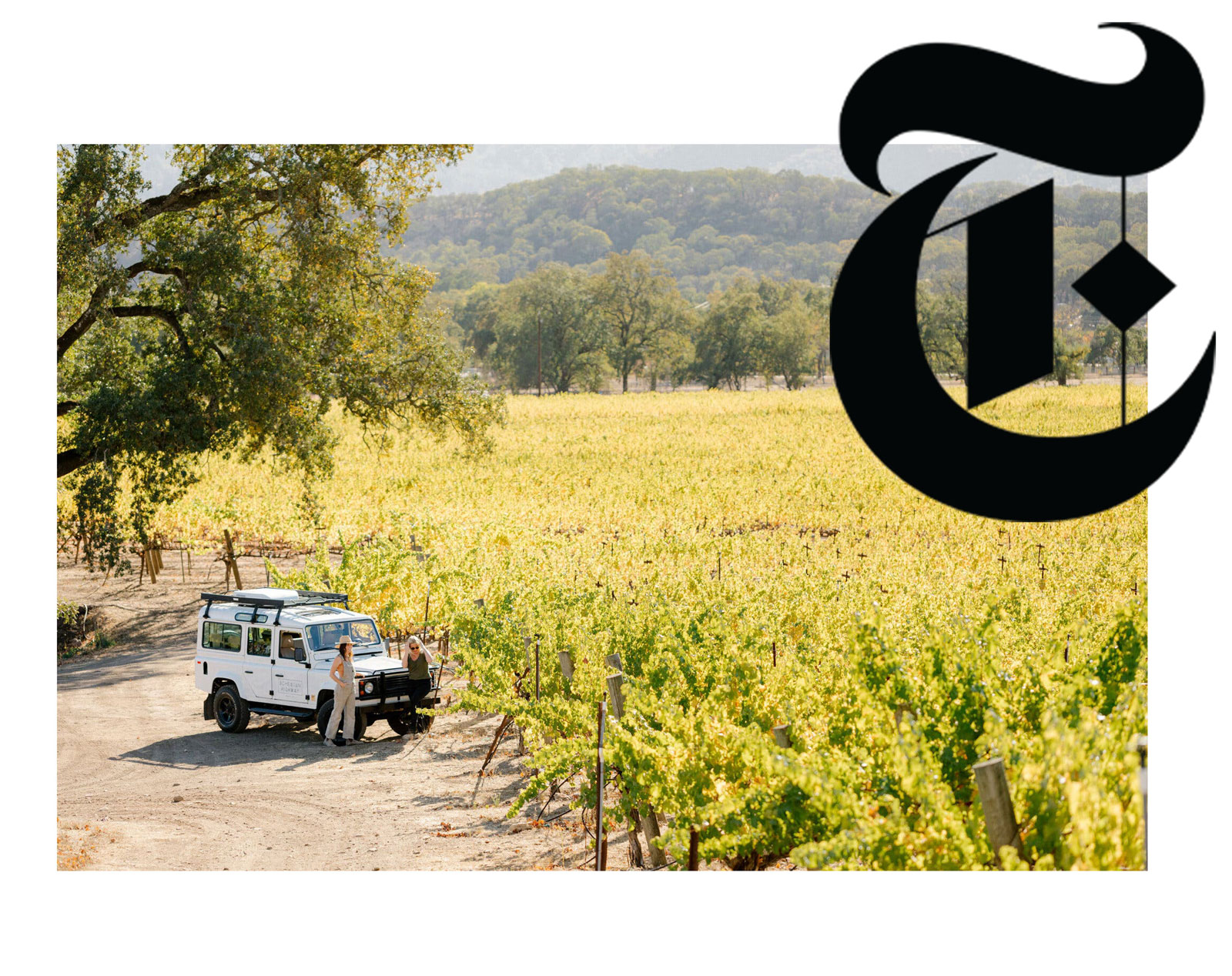Our farming in the NEW YORK TIMES
“To Lauren and Alex Benward, sixth-generation owners of the Beltane Ranch vineyard in Glen Ellen, Calif., the word “sustainability” does not adequately convey the agricultural measures that they and many of their fellow vineyard owners have adopted in recent years. Steering clear of pesticides and industrial tillage is a no-brainer. They also use roving chickens to forage for pests, maximize soil fertility by planting cover crops like ryegrass and employ a herd of sheep — referred to as “woolly weeders” — to help fertilize the fields. Even the vineyard’s wine shipments reflect land stewardship: Bottles — recycled, with natural corks — are transported with carbon-neutral shipping.”
“This holistic approach to land management is called regenerative agriculture. It eschews conventional farming techniques and taps into composting, pollinator habitat restoration and other measures to encourage nutrient-dense soil. These practices also curb skyrocketing carbon emissions by coaxing carbon from the atmosphere and into plant roots, a process known as carbon sequestration. Nitrogen, supplied by cover crops, helps the process.
To get a peek of what life is like at a small, all-hands-on-deck working vineyard, book a stay at Beltane Ranch’s cozy six-room inn. You’ll get up close and personal with the weed-eating sheep (not too close, or the guard dog will treat you as a predator), pop over to the retro camper that serves as the chicken coop and hop in a four-wheel drive to check out the donkeys, longhorn cattle and horses whose eating habits function to reduce the weeds that fuel fires. The bucolic setting also includes a horseshoe pit, a preserved 19th-century “roadhouse” festooned in ivy, and slightly wayward flower gardens and various chill-out areas ideal for drinking the estate’s crisp sauvignon blanc. A stay comes with a ranch-sourced breakfast served under ancient oak trees. And, yes, the scraps are used for chicken feed and compost.”


